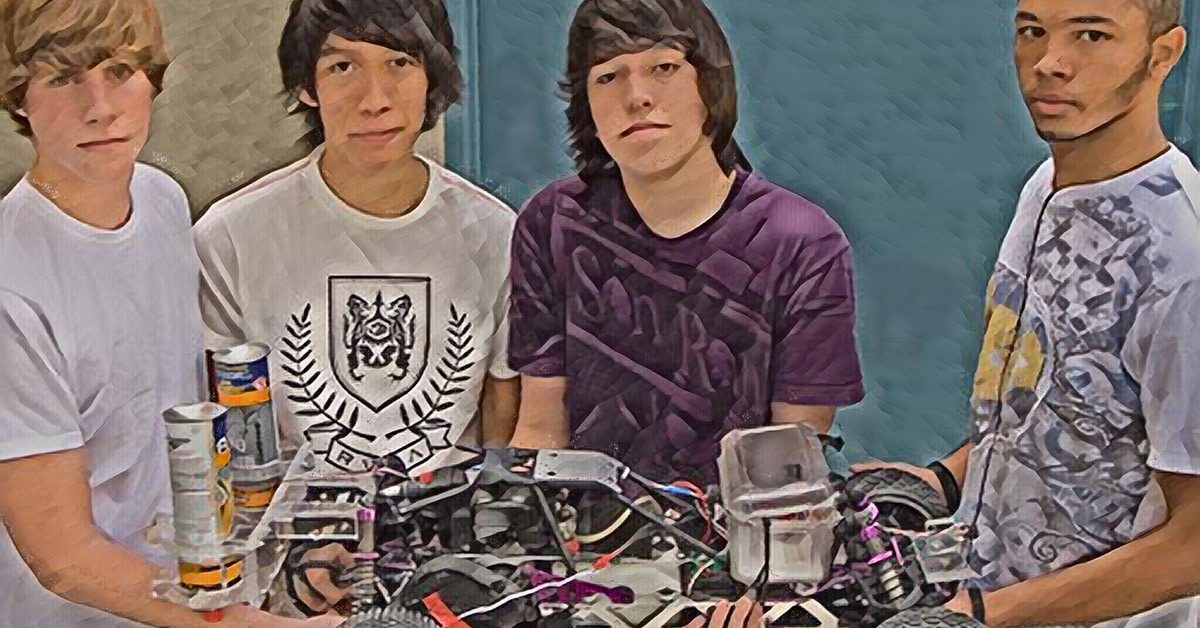
In the fall of 2009, HTHMA senior engineering students designed and built autonomous robots, called autobots. Each autobot used a computer and an array of sensors to interact with its environment. Student teams completed five autonomous underwater robots, a router, two remote computer controlled cars and a helicopter. Students worked with local mentors to create these devices, exhibited their products at conferences, and received the Regional Occupational Program Excellence Award for their technical and academic achievements.
To learn more, visit Karl Wendt’s digital portfolio at https://sites.google.com/a/hightechhigh.org/hthma-eng/

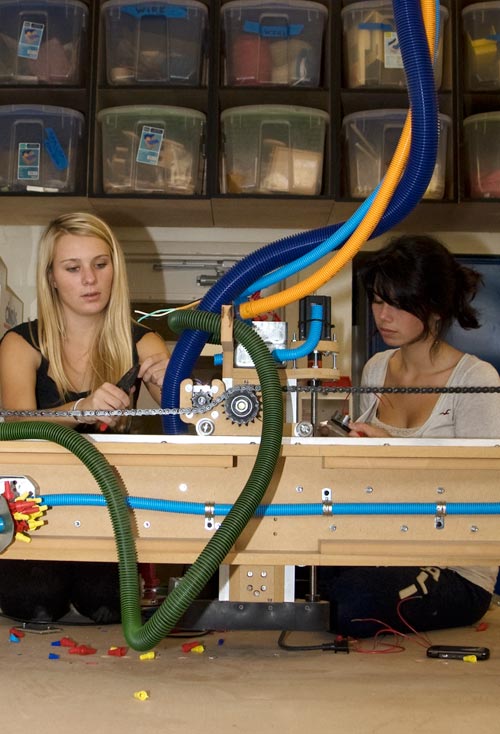
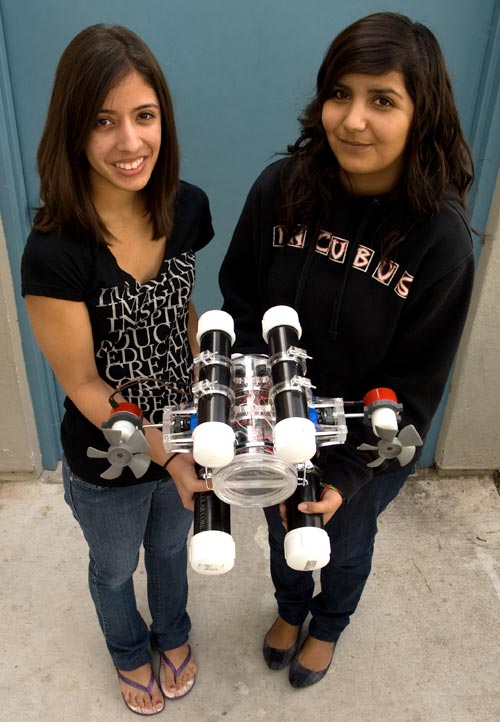
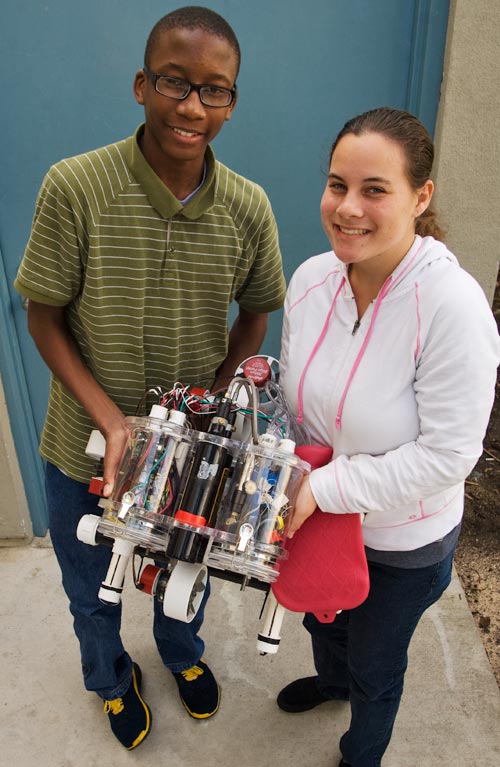
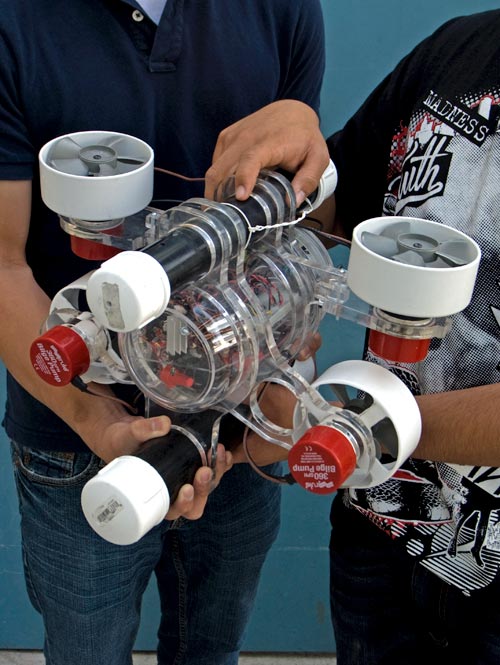
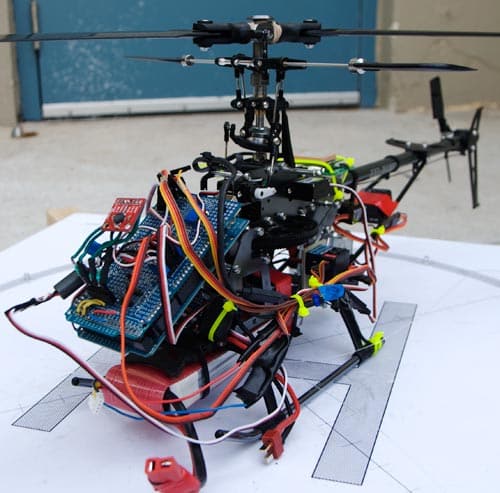
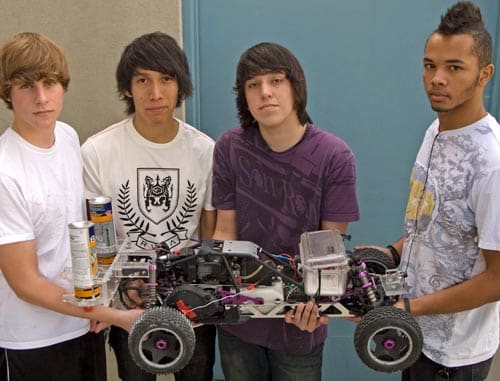

In the fall of 2009, HTHMA senior engineering students designed and built autonomous robots, called autobots. Each autobot used a computer and an array of sensors to interact with its environment. Student teams completed five autonomous underwater robots, a router, two remote computer controlled cars and a helicopter. Students worked with local mentors to create these devices, exhibited their products at conferences, and received the Regional Occupational Program Excellence Award for their technical and academic achievements.
To learn more, visit Karl Wendt’s digital portfolio at https://sites.google.com/a/hightechhigh.org/hthma-eng/






